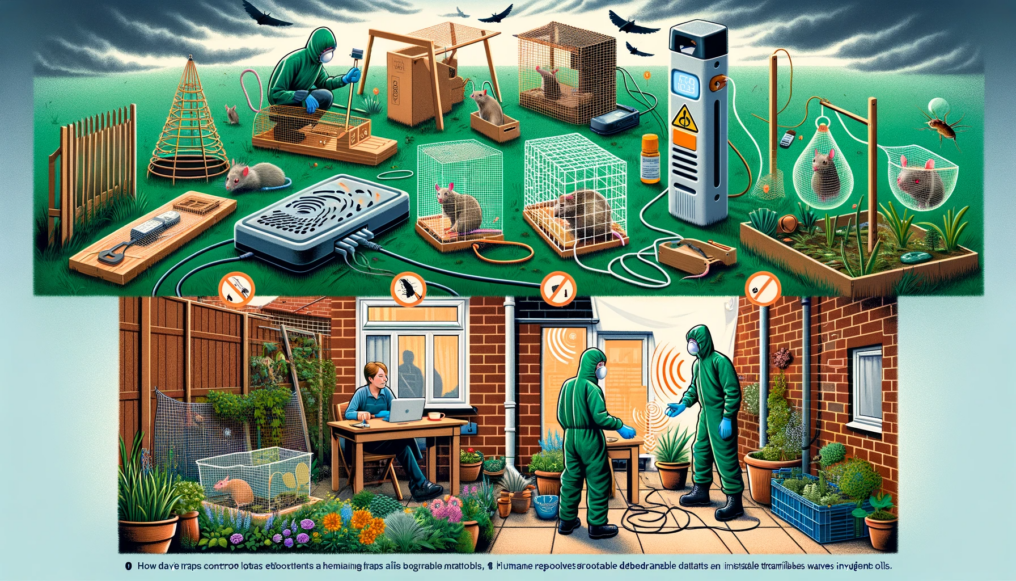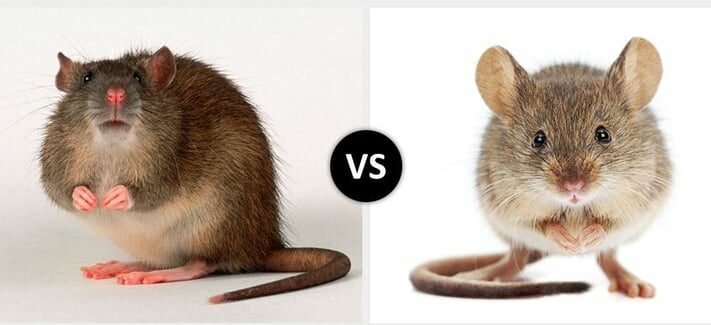In the labyrinthine back alleys of the urban landscape, an unseen menace lurks in the shadows. Rats, with their beady eyes and twitching whiskers, scurry about under cover of darkness, leaving destruction and disease in their wake. These unwelcome intruders have long been a source of concern for both individuals and communities alike. The law on killing rats in the UK seeks to address this pressing issue by establishing regulations that govern their control and eradication.
This article delves into the intricate web of rat control regulations in the UK, exploring the various methods employed to combat these vermin. From the use of pesticides to effective trapping techniques, we examine the legal rights and responsibilities individuals have when dealing with rats. Furthermore, we explore alternative approaches to rat control that may offer new perspectives on this age-old problem.
By navigating through this complex landscape of legislation and practical strategies, readers will gain a comprehensive understanding of how they can protect themselves and their communities from these elusive creatures while remaining within the bounds of the law.

Understanding Rat Control Regulations in the UK
The rat control regulations in the UK provide a comprehensive framework for understanding and addressing the issue of rat infestation, ensuring public health and safety. Rat infestations can cause significant damage to properties, contaminate food supplies, and pose a serious threat to human health by transmitting various diseases. Therefore, it is crucial to implement effective measures for killing rats and extermination.
Under these regulations, property owners have a legal duty to prevent rats from causing damage or posing risks to public health. This includes taking necessary actions to eliminate existing infestations and implementing preventive measures to deter future occurrences. Methods commonly used for rat extermination include trapping, poisoning, and the use of professional pest control services.
Killing rats is equally important as eradication efforts. Property owners are encouraged to maintain cleanliness and hygiene standards by properly disposing of waste, sealing potential entry points, and eliminating sources of food and water that may attract rats.
The consequences of failing to comply with these regulations can be severe. In addition to potential fines or legal action, neglecting rat control responsibilities can lead to increased rat populations, exacerbating the risk of disease transmission.
Transitioning into the subsequent section about ‘the use of pesticides for killing rats’, it is essential to consider alternative methods that minimize environmental impact while effectively combating rats’ presence.
The Use of Pesticides for Killing Rats
One can employ the use of chemical agents to combat the presence of these resilient rodents. However, it is crucial to consider the environmental impact and potential health risks associated with the use of pesticides for killing rats. Chemical agents used for rat control can have adverse effects on the ecological balance as they may harm other non-target species and disrupt natural ecosystems.
Moreover, there are concerns about public safety when using chemical pesticides. These substances may pose risks to humans and pets if not handled properly or if accidental exposure occurs. Therefore, it is essential to follow strict guidelines and regulations when using such products.
To address these concerns, many individuals and organizations advocate for chemical-free solutions in rat control. These alternatives focus on prevention methods such as proper waste management, sealing entry points, and maintaining cleanliness to eliminate attractants for rats. Additionally, biological control methods involving natural predators or introducing sterilized rats have shown promise in some situations.
Transitioning into effective trapping methods for rat removal, it is important to explore alternative approaches that do not rely solely on chemicals but prioritize humane techniques like live traps or snap traps that swiftly kill the captured rats without causing unnecessary suffering or pain.
Effective Trapping Methods for Rat Removal
Effective trapping methods for rat removal involve the use of advanced technology and innovative techniques that prioritize both efficiency and minimal harm to the targeted rodents. To achieve this, several approaches can be employed:
- Humane trapping: This method entails using traps designed to capture rats without causing them unnecessary suffering. Live-catch traps are commonly used, allowing for the relocation of captured rats to a more suitable environment.
- Natural repellents: Certain substances such as peppermint oil or mothballs are known to repel rats due to their strong odors. These natural repellents can be strategically placed in areas where rats are likely to reside, deterring them from entering or staying in these spaces.
- Electronic devices: Ultrasonic devices emit high-frequency sounds that are unpleasant to rats and can drive them away from an area. These devices are safe for humans and pets while effectively discouraging rat infestations.
- Rat proofing measures: Preventing rats from accessing buildings is crucial in effective killing rats efforts. This involves sealing off any potential entry points such as cracks, gaps, or holes in walls or foundations.
In addition to these methods, it may also be necessary to seek professional extermination services when dealing with severe rat infestations that cannot be resolved through DIY approaches alone.
Transition into the subsequent section about ‘legal rights and responsibilities in dealing with rats’: While implementing these trapping methods is essential for controlling rat populations, understanding one’s legal rights and responsibilities is equally important when addressing this issue without causing harm or violating regulations.
Legal Rights and Responsibilities in Dealing with Rats
Legal frameworks surrounding the management of rat populations necessitate an understanding of the rights and responsibilities individuals have in dealing with these organisms. Pest exterminators play a crucial role in addressing rat infestations, as they possess the necessary knowledge and expertise to effectively control these pests. Their services are sought after not only due to the nuisance caused by rats but also because of potential threats to public health. Rats are carriers of various diseases such as leptospirosis, salmonellosis, and hantavirus, which can be transmitted to humans through their urine, faeces, or bites.
In addition to posing risks to public health, rats can cause significant damage to properties. They are known for gnawing on electrical wires, causing potential fire hazards, and destroying insulation materials. Therefore, property owners and tenants need to take proactive measures to kill rats. This includes maintaining cleanliness and hygiene standards within their premises by properly storing food and waste securely.
Looking ahead at alternative approaches to rat control without focusing on steps forward in this discussion will shed light on more sustainable methods that mitigate harm while ensuring effective pest management practices.
Alternative Approaches to Rat Control
An alternative approach to managing rat populations involves employing humane pest control methods that prioritize the safety and well-being of both humans and rodents. This approach recognizes the need to address the issue of rat infestations while also minimizing harm to the animals themselves. Several methods can be employed to achieve this goal:
- Natural deterrents: This method involves using natural substances, such as peppermint oil or vinegar, which have strong odours that rats find repellent. These substances can be applied in areas where rats are likely to enter or nest, effectively deterring them from staying.
- Electronic devices: Another option is using electronic devices that emit high-frequency sound waves or vibrations that are unpleasant for rats but harmless to humans. These devices can be placed strategically around a property to deter rats from entering.
- Professional exterminators: Hiring professional pest control services can ensure effective and humane rat control. Exterminators are trained in identifying entry points, setting traps, and implementing safe removal techniques without causing unnecessary harm to the rodents.
- Rat proofing methods: Taking preventive measures such as sealing cracks and gaps in buildings, installing mesh screens on vents, and keeping food storage areas clean can help deter rats from entering properties in the first place.
These alternative approaches provide individuals with a range of options for managing rat populations without resorting to lethal means or causing unnecessary suffering to these animals. By prioritizing humane practices, individuals can contribute towards safer environments for both humans and rodents alike.
You may also enjoy reading this article
Was This Article Helpful?
- Please provide feedback and comments to help us improve our content.
- Share your experiences and any additional tips you have for dealing with pests.
Share this Post



